Color, texture or shape changes may signal a larger medical issue
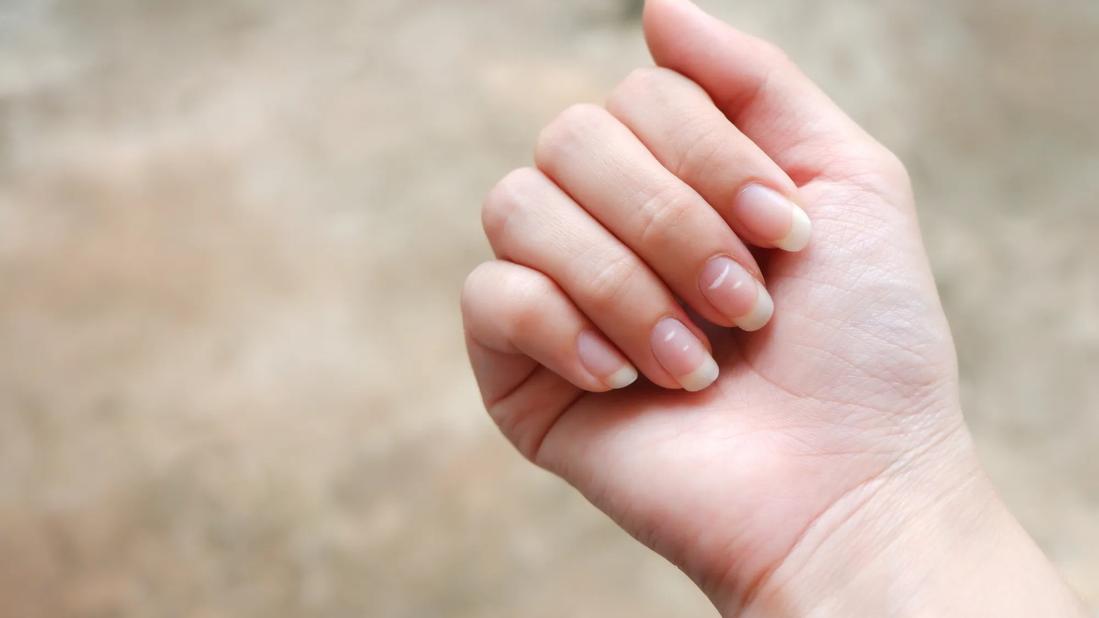
If your eyes are a window to your soul, your nails can be a key to your well-being.
Advertisement
Cleveland Clinic is a non-profit academic medical center. Advertising on our site helps support our mission. We do not endorse non-Cleveland Clinic products or services. Policy
“Your nail health is a very good reflection of your overall health,” says dermatologist Christine Poblete-Lopez, MD. “Many things can occur in the nails that can signify systemic or skin problems.”
Pay attention to anything on or around your fingernails or toenails that suddenly appears different, such as color, texture or shape. This may be a sign of issues, like a fungal infection, vitamin deficiency, arthritis, psoriasis or melanoma.
Healthy nails tend to have a pink nail bed and appear smooth and shiny. But in some cases, your nails may look different.
You may notice discoloration, tiny dents, longitudinal strips or ridges, brittleness, splitting or white spots. So, what do these signs mean? Your nail changes may be related to the following reasons.

If your toenails are a yellow shade, there’s a chance you may have a fungal infection. Over time, your nails may also become thick and have white spots (leukonychia) or streaks. A crack or cut in your toe can be the perfect way for fungi to get between your nail and the tissue right under your nail, known as your nail bed.
It’s not as common, but you can also get a fungal infection in your fingernails.
If you have cut on your cuticles or nailfolds (where your nail and skin come together), bacteria can get in your nailfolds (paronychia). This can cause inflammation, pain and swelling around your nail, but can also result in ridges or waves on the nail plate. In some cases, your nails can turn yellow or green and become brittle and dry.
Advertisement
If you’ve ever stubbed your toe or worn shoes that are too tight, you may notice that your toenail turns a darker shade (think purple, red, brown or black). A nail injury or trauma can cause a bruise under your nail known as a subungual hematoma. In addition to a noticeable color change, you may feel pain or tenderness. As long as this discoloration moves along the growth of your nail, it’s a reassuring sign that it’s just a subungual hematoma.
You may also notice that your injured nail becomes thicker and overgrown over time, due to repetitive trauma, especially if it’s your big toe or your longer second toe. This is known as onychogryphosis or ram’s horn nails. A nail injury can also lead to an ingrown toenail or white spots on your nails.
A concern about nail color is one of the most common complaints dermatologists hear, Dr. Poblete-Lopez says. Discolorations usually appear in lines that run from cuticle to tip, and they can be benign moles or subungual melanomas.
You should consult a dermatologist if the skin under the nail plate — the hard part of the nail, covering the fingertips — develops any brown coloring, she says. These developments are always more of a concern if they affect a single finger instead of all.
Brown lines that run into the cuticle could be a sign of melanoma. Ones that stop at or before the cuticle are likely caused by moles or a proliferation of pigment cells (called melanocytes) in our nail matrix due to a variety of things such as new medications.
African American and Asian populations are more likely to experience normal pigmentation changes that are related to ethnicity. These usually affect more than one nail.
Psoriasis is a common skin condition that’s usually characterized by scaly, red patches on the skin, but it can also impact fingernails and toenails, Dr. Poblete-Lopez says. If you have yellow-red discoloring on your nail, often called an “oil drop” or “salmon patch,” you should consult your dermatologist.
Other symptoms that can also indicate nail psoriasis include:
Advertisement
Several nail changes may indicate the presence of acute or chronic kidney disease, including:
Small cysts that grow near or on the cuticles may arise with arthritis. These are benign (not cancerous) and best addressed by a hand surgeon.
Fingernails and toenails are closely related to hair, Dr. Poblete-Lopez says. Just as your hair might fall out after an illness or a prolonged period of stress, your nails can also exhibit these symptoms. Most frequently, stress can cause horizontal lines to appear on your nails.
Certain medications may cause nail changes. For example, some chemotherapy drugs may darken your nails or cause white bands across the nail. Certain antibiotics may cause a yellowish discoloration.
If you have an iron, zinc or selenium deficiency, your nails may appear brittle, soft, thin and start to split. For example, koilonychia (or spoon nails) is often a sign of an iron-deficiency anemia. And black toenails can signal a vitamin B12 deficiency or anemia.
Advertisement
This rare condition, which may be linked to circulation issues, results in yellow (or green), curved nails. Your nails may also become thick and fall off. Yellow nail syndrome typically happens in people over the age of 50. Other symptoms may include swelling (lymphedema) and fluid buildup in your lung tissue (pleural effusions).
Darier disease is a rare genetic disorder that causes a skin rash and appears mostly in adolescence. You may notice reddish nails that appear as red stripes or even broad, white stripes that run from cuticle to tip. A V-shaped nick near the fingertip can also indicate this condition, Dr. Poblete-Lopez says.
Preventing underlying conditions that impact your nails isn’t always possible, Dr. Poblete-Lopez says.
You can care for your nails by:
In many cases, changes to your nails can be normal and don’t always point to any undiagnosed health changes. But if you have concerns or questions, consulting a doctor is always best.
“Anything that doesn’t look normal ought to be addressed,” reinforces Dr. Poblete-Lopez. “Your best course of action is to see a doctor as soon as possible.”
Advertisement
Learn more about our editorial process.
Advertisement
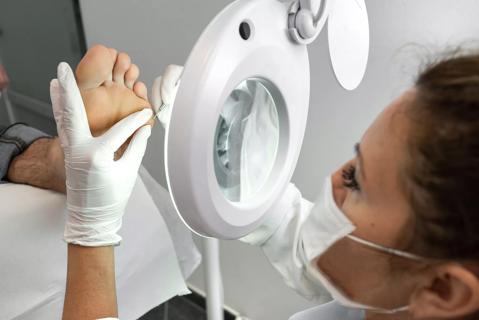
Safety, hygiene and technician training are among the biggest benefits of a ‘medi pedi’

These manicure techniques vary in terms of longevity, hygiene and overall nail health
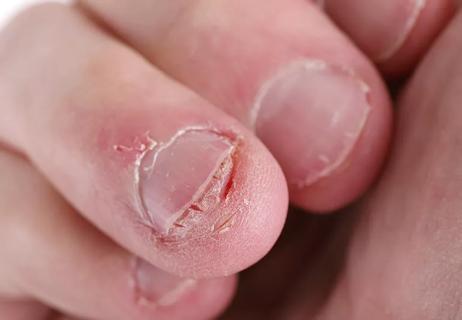
A combination of treatments can help you conquer the compulsion

The temporary nail damage is bad, but the cumulative UV exposure could be worse

Animal safety and bacterial infections are concerns
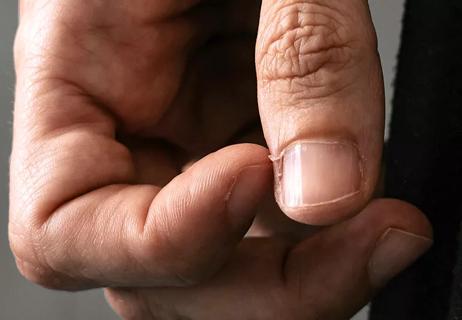
Resist the urge to bite, tear or rip off those little pieces of skin
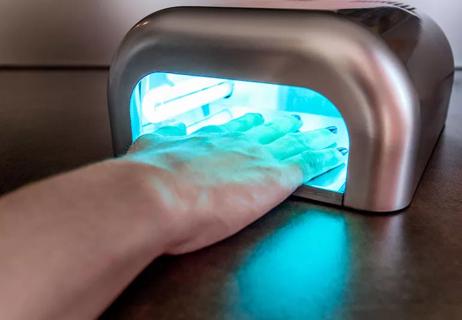
Frequent manicures, high-watt bulbs increase potential

Give your nails a chance to breathe, stay healthy

Babies can get congested easily, but you can calm their cough by keeping them hydrated, using nasal drops and running a humidifier

Weight loss may cause loose, sagging skin and muscle loss to your rear

Several conditions, like vitiligo and fungal infection, can cause a loss of pigmentation, leading to white spots or patches on your skin